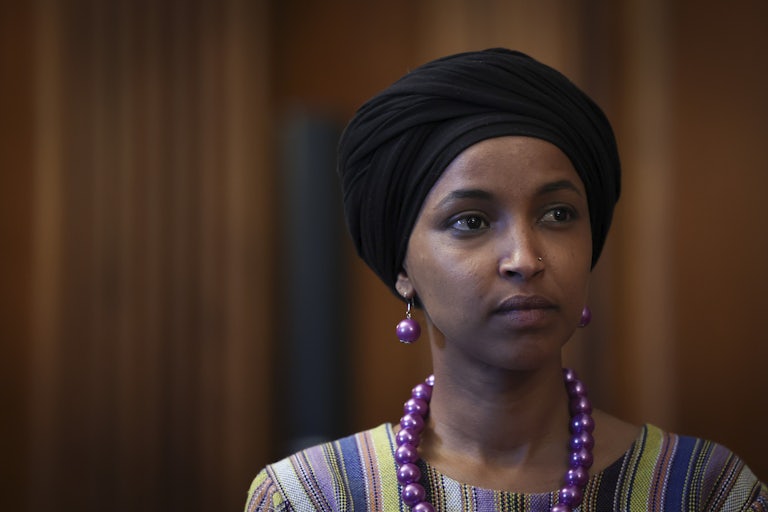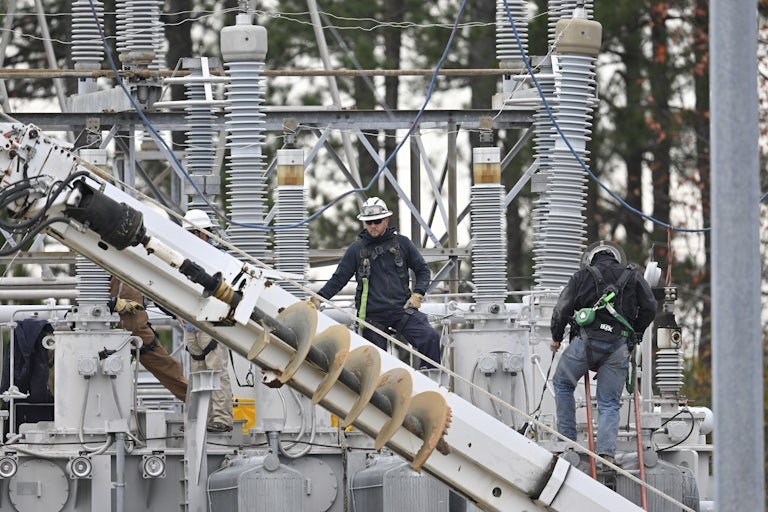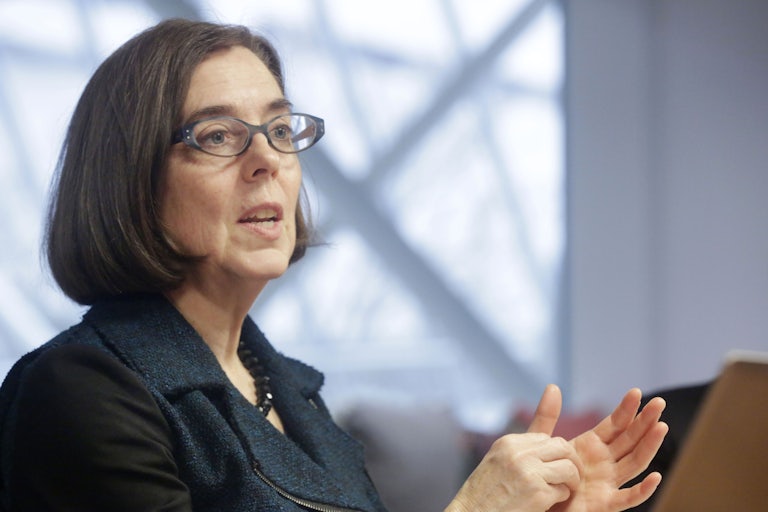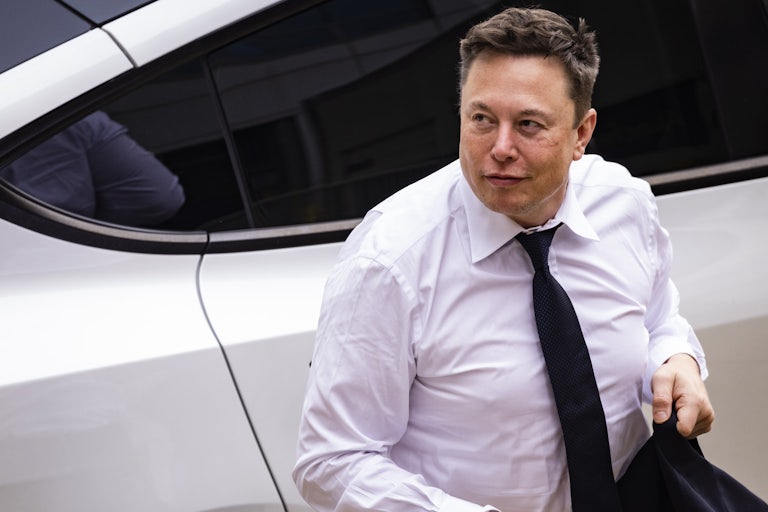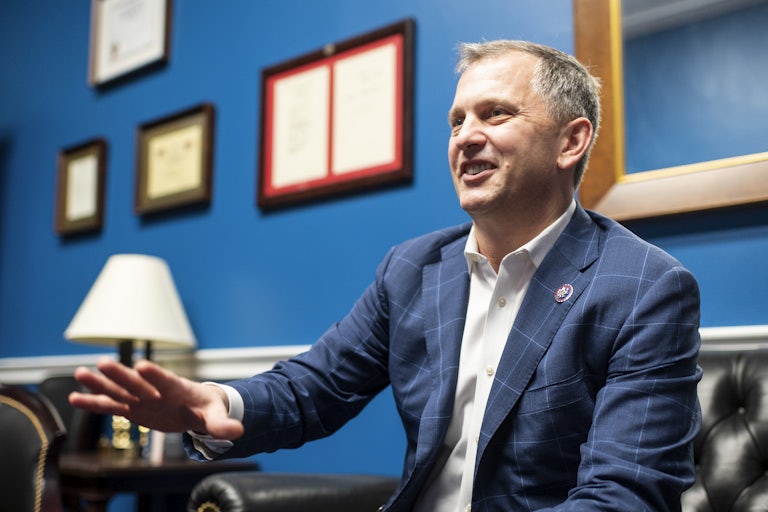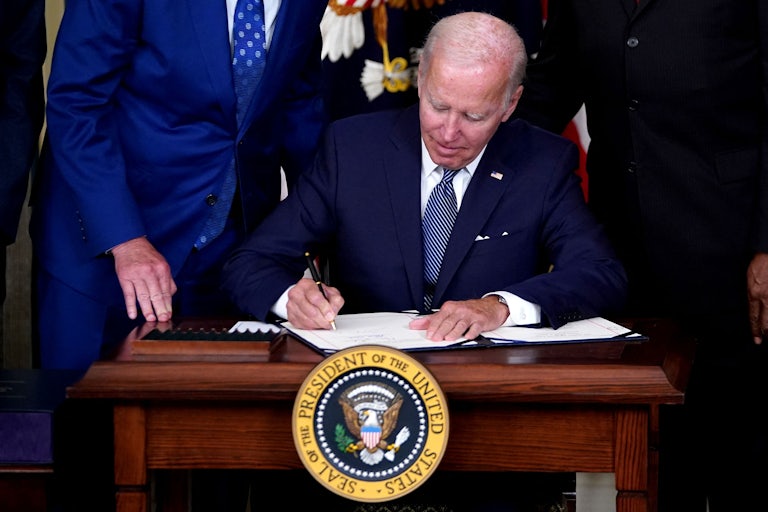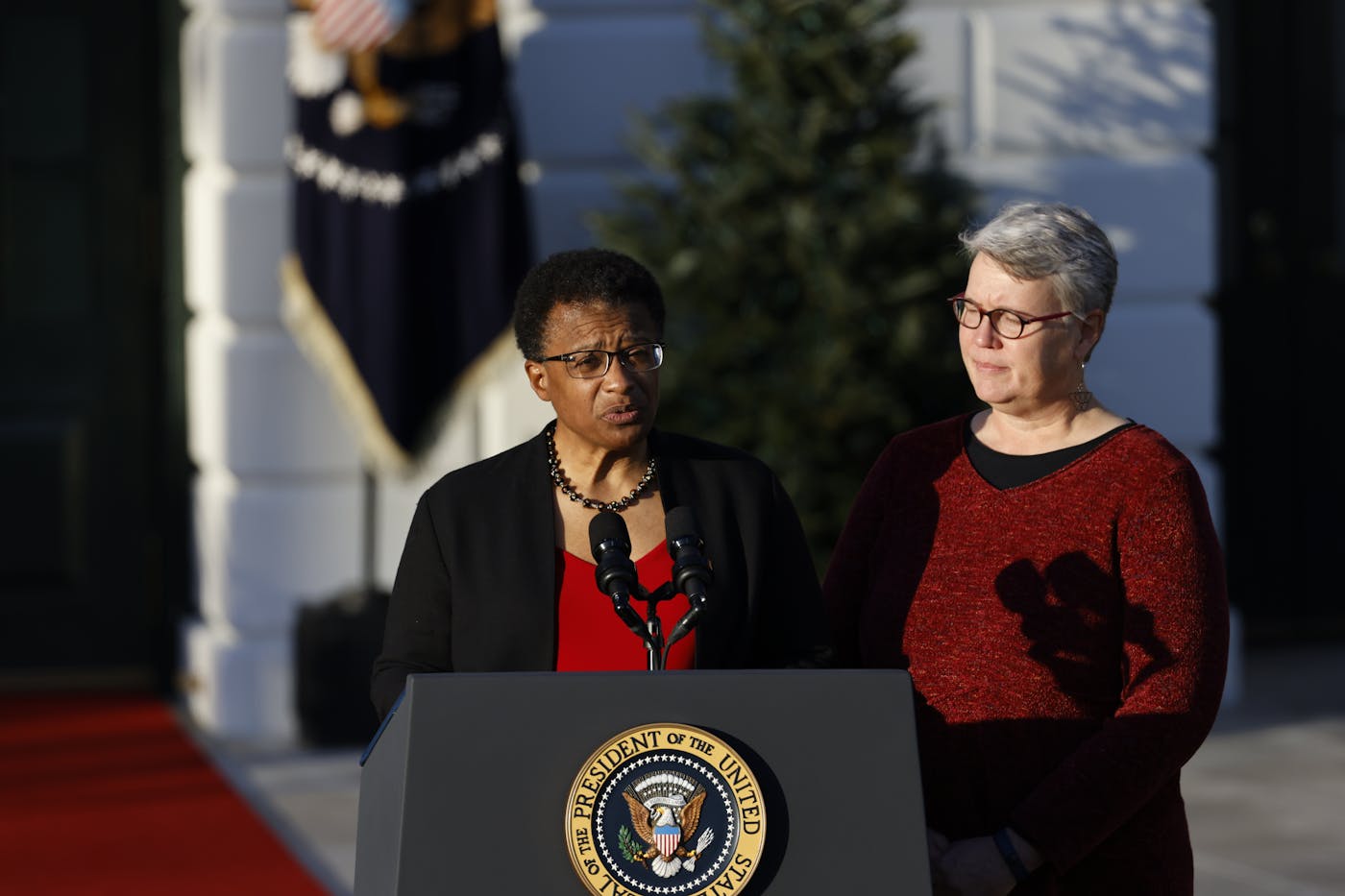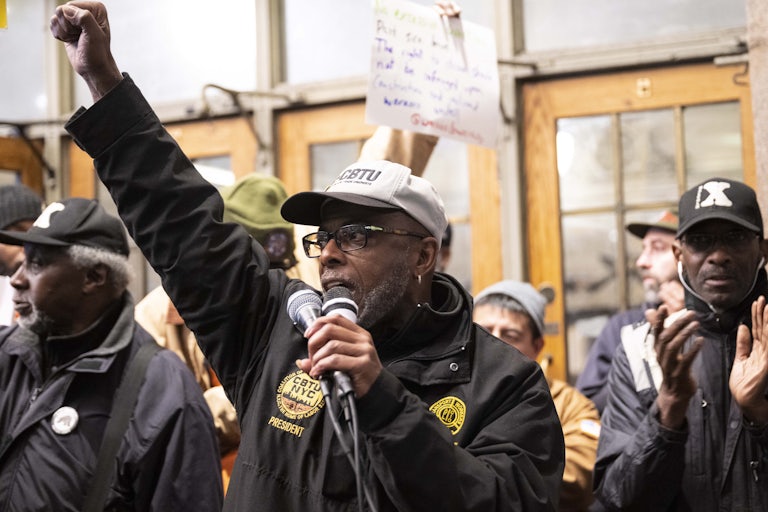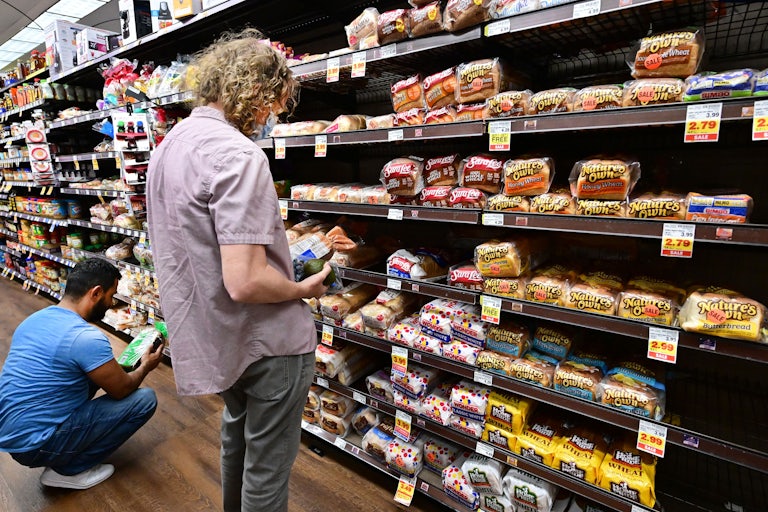Federal Reserve Hikes Interest Rates up 0.5 Percent, Slowing Pace of Increases
More on what exactly the increase in the interest rate means

The Federal Reserve on Wednesday announced an interest rate hike of 0.5 percent, easing up a bit after a series of much higher increases.
With inflation at a record high, the Fed has been scrambling to get interest rates high enough to discourage people from spending money, slowing the economy down in turn. The last four rate hikes have been 0.75 percent.
The risk is that growth will slow while prices and borrowing rates stay high, sending the economy into a recession. Fortunately, there have been some signs that inflation is finally starting to ease a bit. But Fed Chair Jerome Powell warned that while “it’s good to see progress … we have a long ways to go to get back to price stability.”
In a statement, the Fed pointed to supply chain issues and high food and energy prices due to Covid-19 and the war in Ukraine as main factors for inflation continuing to stay high.
But also, “recent indicators point to modest growth in spending and production. Job gains have been robust in recent months, and the unemployment rate has remained low,” the statement said.
Dean Baker, senior economist at the Center for Economic Policy and Research, answered five questions about what this means going forward.
1. What does the 0.5 percent interest rate increase mean for consumers?
The interest rate hike means that rates for credit card debt, mortgages, and car loans will likely go up, Baker said—albeit less than after the Fed’s last policy meeting in November.
Over the past year, the rate hikes have also slowed down the housing market. However, Baker noted, “the number of construction workers has not fallen” due to a backlog in unfinished construction projects.
Jobs numbers have stayed high, which is positive for consumers but has caused concern for some experts that the economy has not slowed sufficiently to avoid a downturn.
Baker also warned that the higher interest rates push up the value of the dollar too, “which makes our goods less competitive internationally.”
2. What has changed in the past month that gives the Fed enough confidence to start slowing rate hikes?
But it’s not all bad news: “Inflation is clearly slowing in many areas,” Baker said. The October and November consumer price index, or CPI, a key government measure of inflation, indicate that inflation finally seems to be slowing a bit.
Baker attributes this to supply chain issues getting resolved. Costs for appliances and used cars, as well as shipping, have fallen.
3. Now that the Fed has been hammering away at inflation, what changes can people expect to start seeing?
The Fed indicated in its statement that it will continue to reevaluate the economic situation to determine what moves are necessary to get and keep inflation under control.
“The Committee anticipates that ongoing increases in the target range will be appropriate,” the statement said.
Powell told reporters that “it’s our judgment today that we’re not at a sufficiently restrictive policy stance yet, which is why we say that we would expect that ongoing hikes will be appropriate.”
But Baker said he hopes Powell “will indicate that he is prepared to adopt a wait and see attitude and hold off on further rate hikes.”
“This should mean further declines in mortgage and other interest rates,” he said.
4. Can a soft landing still be achieved?
The Fed has been clear its goal is to achieve a so-called soft landing, or a decrease in inflation without tipping the economy into a recession. And fortunately, the chances of a soft landing “look very good right now,” Baker said.
Inflation has slowed, but employment levels have remained high. It may take a while to reach the central bank’s target of 2 percent inflation, “but the direction of change is clearly downward,” according to Baker.
5. What are the current chances of a recession?
As the likelihood of a soft landing goes up, the likelihood of a recession goes down. In Baker’s opinion, the chances of a recession are “well under 50 percent at this point.”
The U.S. economy will probably take a hit from weaker markets abroad, as Europe struggles with direct effects from the Ukraine war and China battles a massive spike in Covid-19. But Baker is optimistic that won’t be sufficient to tip the U.S. into a recession.
“The biggest risks are from another wave of Covid or a big flare-up in the war in Ukraine,” the said.
This article has been updated.
